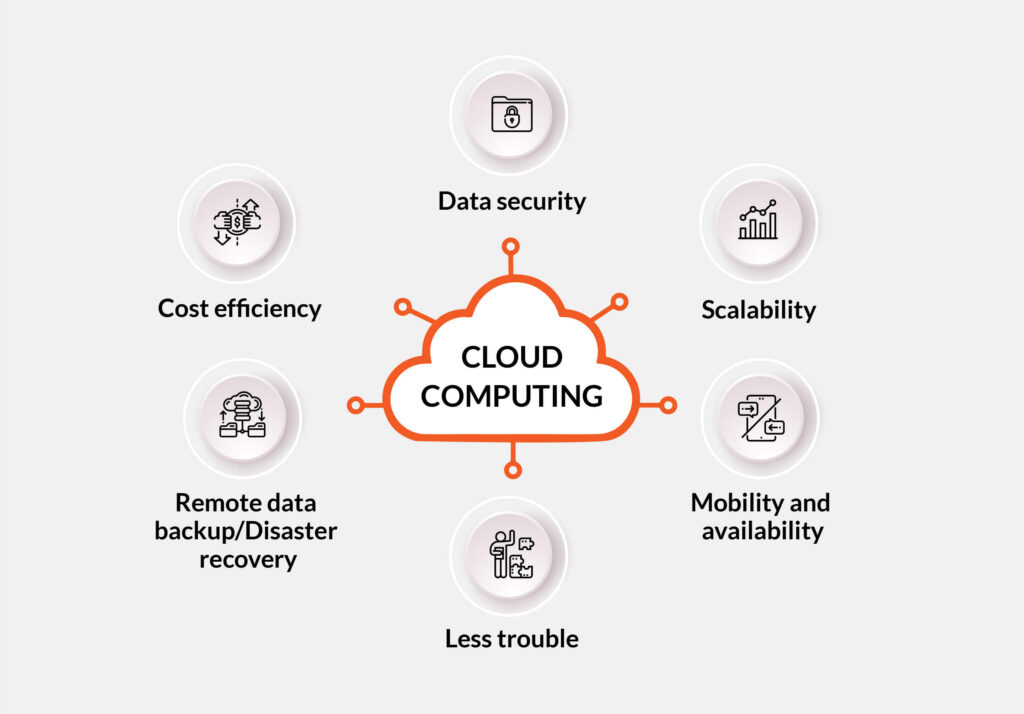The technology industry is abuzz with discussions about cloud repatriation, a topic that has been gaining attention recently. What often frustrates me about this industry is the lack of nuance in the way things are presented. Everything is portrayed as a drastic shift when in reality, changes happen gradually.
One recent example of this was the hype around edge computing. Many articles claimed that “the shift is towards the edge,” causing confusion among readers. People began to question if the era of cloud computing was coming to an end. However, as history has shown, such extreme predictions rarely come true. The tech industry operates at a slow pace, and trends take years to fully develop.
Repatriation: A Natural Process
There is a narrative circulating that enterprises are abandoning the cloud in large numbers due to unexpected costs and unmet expectations. While there may be some truth to these claims, it’s essential to view this trend as a market correction rather than a revolution. Repatriation is not the death of cloud computing but a refinement of strategies.
It is true that many companies are bringing workloads back on-premises, but this does not signify a complete departure from public clouds. Most public cloud providers continue to meet expectations, and repatriation projects are often responses to challenges faced during the initial transition to cloud computing.
Research by Citrix reveals that 42% of U.K. companies have repatriated more than half of their cloud workloads. While this is a significant percentage, it is crucial to remember that cloud adoption is still on the rise. The benefits of agility, scalability, and access to advanced technologies like generative AI continue to drive cloud adoption. Repatriation is a sign of market maturity rather than a rejection of the cloud.
A Shift Towards Common Sense
While the above points provide a comprehensive overview, there is more to be said about repatriation before we move on from this topic.
Consider the analogy of building a self-sustainable house off the grid. Initially, the design may seem flawless with solar panels and windmills providing power. However, unforeseen changes could lead to power shortages, prompting a connection to the traditional power grid. Similarly, businesses are realizing the value of a hybrid approach, utilizing both on-premises and cloud resources based on operational and economic considerations.
During the initial rush to the cloud, common sense was often overlooked. Companies now understand that certain workloads are better suited for on-premises environments, especially those with strict compliance requirements. However, the cloud remains an ideal platform for many applications.
Embracing Complexity
Repatriation should not be viewed as a binary choice between on-premises and cloud solutions. It is about selecting the right tool for each specific job, often leading to a hybrid environment where workloads are optimized based on their requirements.
As someone deeply involved in this industry, I often find that new ideas are perceived as all-encompassing solutions, which is rarely the case. The adoption of technologies like AI will also be a gradual process, contrary to popular belief. The evolution of the cloud towards greater integration with IT landscapes is a positive development that indicates market maturity.
Cloud repatriation does not pose a threat to the dominance of cloud computing. Instead, it signifies a maturing market where companies are making informed decisions to leverage the best of both worlds. The cloud continues to evolve and play a crucial role in the broader IT ecosystem, marking a positive shift in the industry.



